Robert McCloskey
(September 15, 1914 – June 30, 2003)
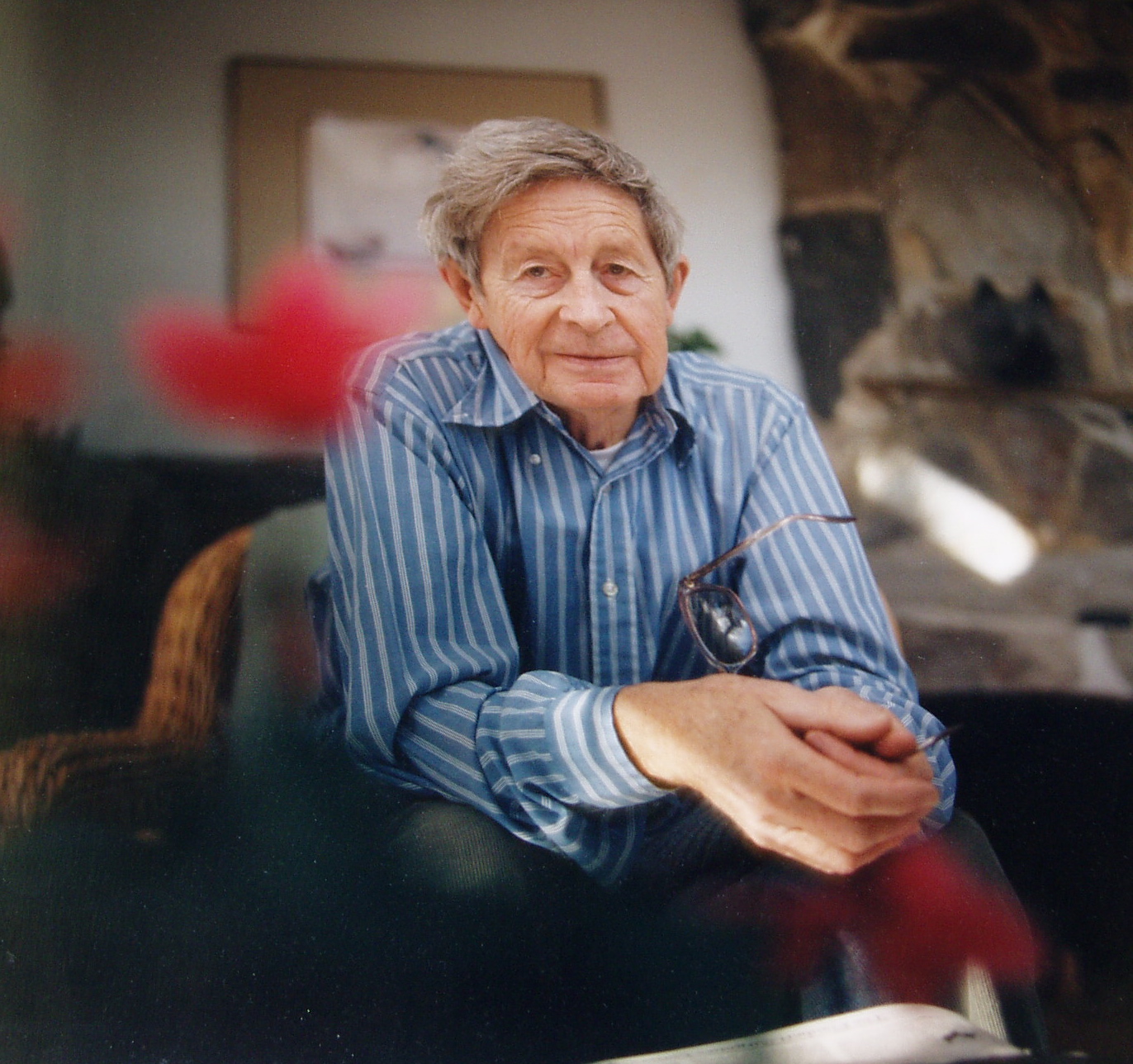
“I get a lot of letters. Not only from children but from adults, too. Almost every week, every month, clippings come in from some part of the world where ducks are crossing the street”
– Robert McCloskey
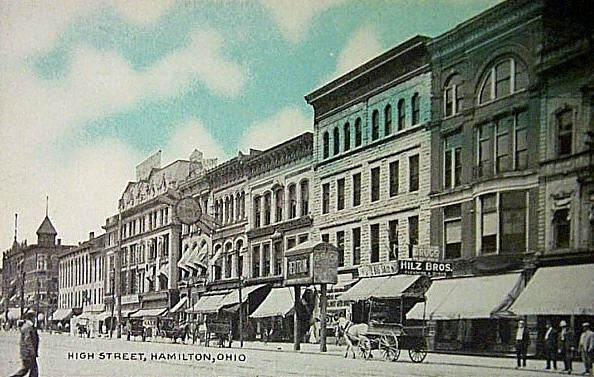
High Street, Hamilton, Ohio
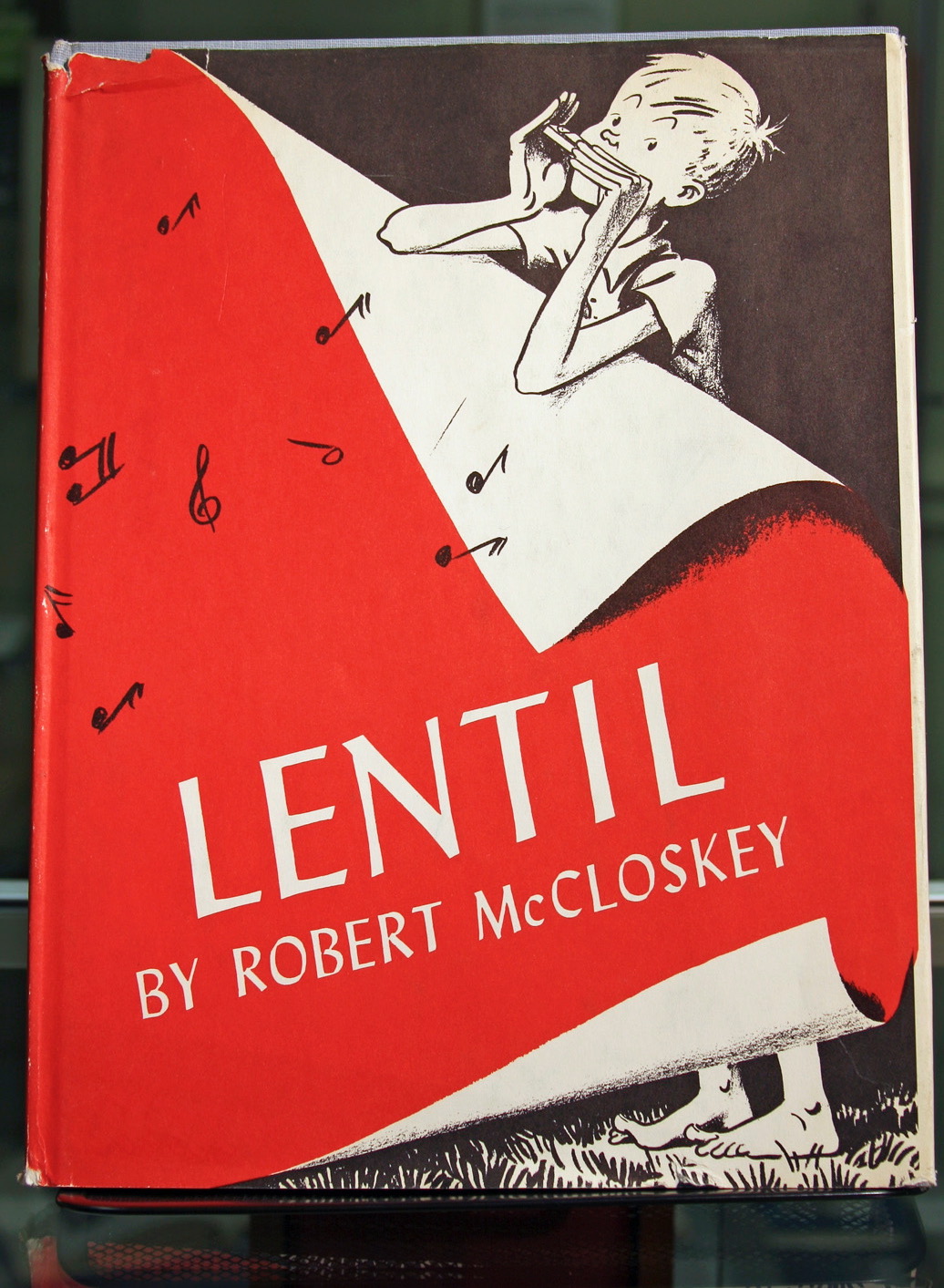
McCloskey’s first book, Lentil, published in 1940
Because of these initial setbacks McCloskey began to realize that commercial work could possibly be more profitable. In 1935 while on spring break from art school, McCloskey and a few friends traveled to New York. Here he met with May Massee of Viking Press. They discussed his art and his hometown but the most important thing to come from this initial meeting was the impression Massee made upon the young Robert McCloskey. Three years passed before McCloskey returned to see Massee but this time he brought with him an early draft of Lentil. The fictional Alto, Ohio, was the setting for McCloskey’s first book, Lentil, published in 1940. A favorite among children of all ages, Lentil tells the adventure of a young boy who, saddened that he couldn’t sing, learns to play the harmonica. When asked about the unusual name assigned to his character, McCloskey told the former Columbus citizen that Lentil was only a nickname to hold the place until he had the chance to choose a better name for him. “Everybody liked the nickname, so I let it stand.”
That same year McCloskey married Margaret Durand, a children’s librarian and daughter of Newberry Award-winning author Ruth Sawyer. It was around this time that he began work on his second and perhaps best-known book, Make Way for Ducklings, which won the prestigious Caldecott Medal in 1942. In the story, a mother duck searches the streets of Boston for a safe place to raise her young. McCloskey began the book by recalling the hilarious scenes of ducks crossing grid-locked Boston streets. To illustrate the detailed movements of his characters with authenticity, McCloskey bought a half-dozen southern mallards at a city market from a poultry dealer. He spent the next few weeks crawling around his studio, watching the ducks and sketching them as they waddled around the room. He even put the ducks in a bathtub to sketch their swimming movements. Evident from the richly detailed charcoal illustrations, McCloskey returned to Boston to sketch the book’s background alive with parks, bridges, fences, streets, people and cars. He finished the illustrations, but writing the story proved more difficult. McCloskey rewrote the book over and over. It took him several versions to come up with the right duck names (Jack, Kack, Lack, Mack, Nack, Ouack, Pack, and Quack). The finished product was a big hit; Make Way for Ducklings has sold more than two million copies.

Make Way for Ducklings, won the prestigious Caldecott Medal in 1942
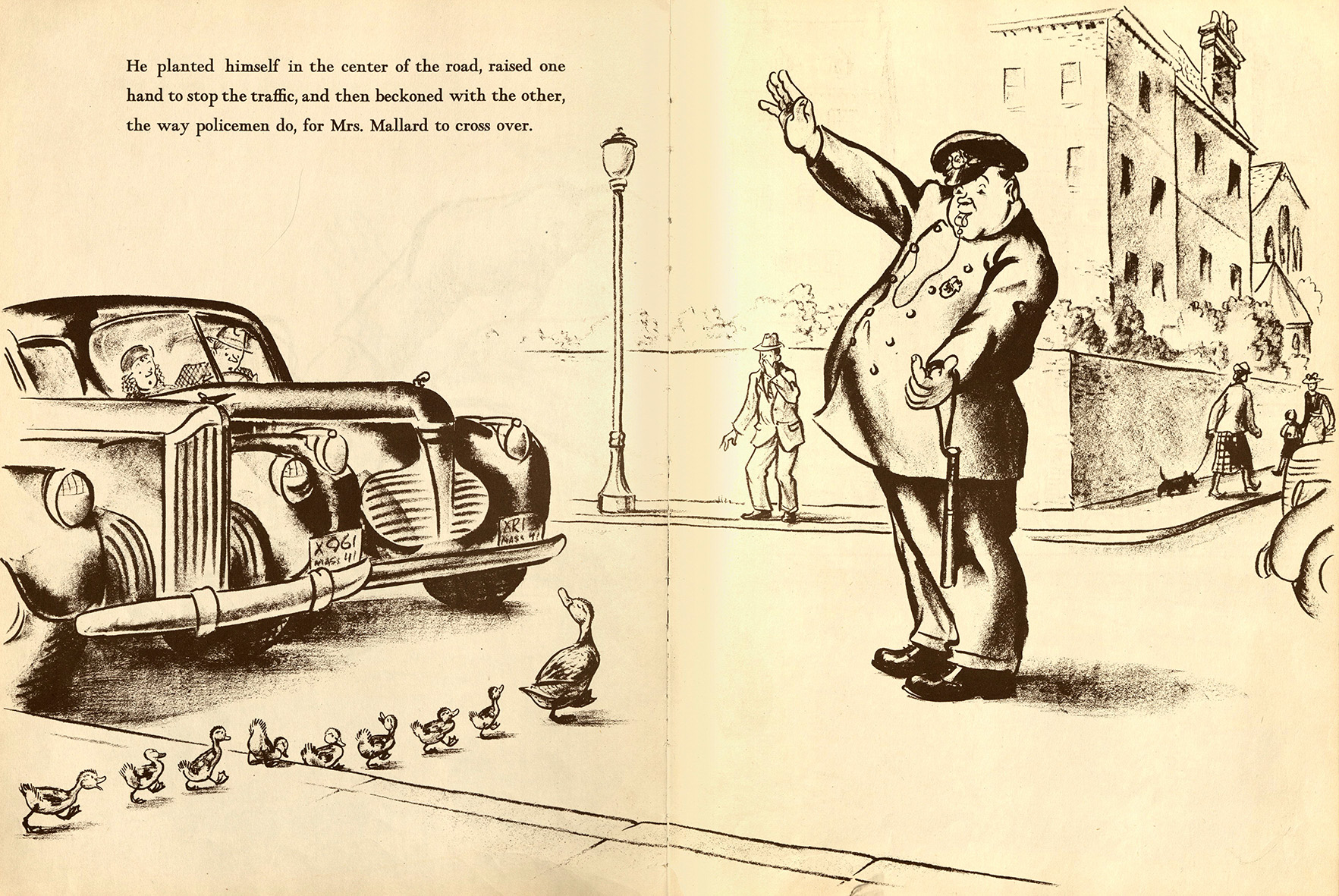
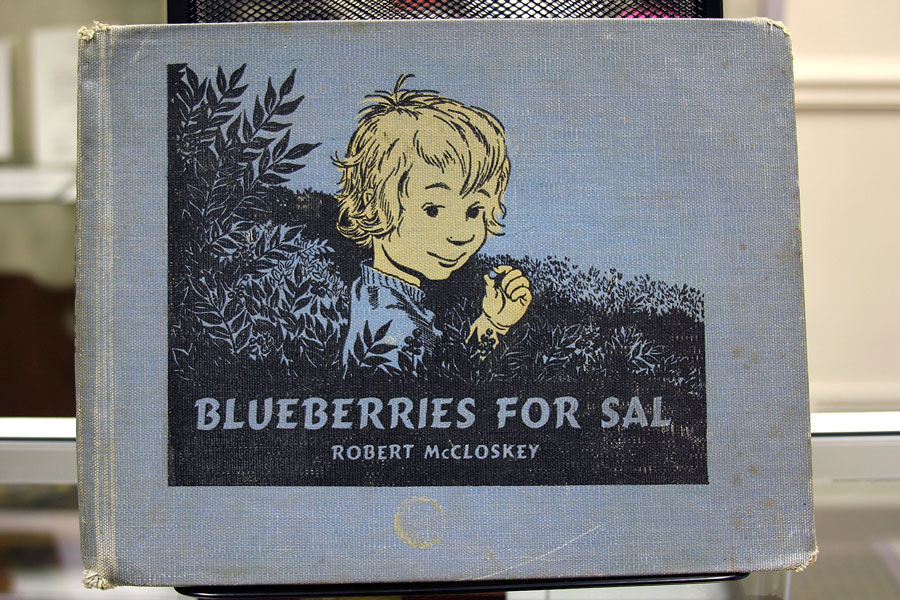
Blueberries for Sal, published in 1948
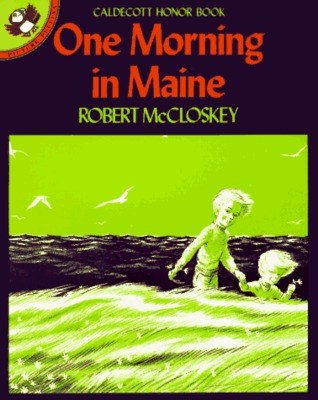
McCloskey published his final book in 1963, Burt Dow: Deep Water Man. The book retained much of McCloskey’s style and connected with children by portraying an ordinary but humorous character engaged in familiar facets of life. A retired fisherman living on a New England shore, Burt Dow’s routine is divided between his two old leaky boats; one he uses for travel to odd jobs, the other boat, no longer suited for maritime purposes, now contains flowers in his front yard. He uses leftover paint from his odd jobs to spruce up his boat-shaped lawn decoration.
Robert McCloskey died on June 30, 2003, in Deer Isle, Maine. His books are still read by thousands of parents and children. Because of him, kids from Ohio can read about blueberry picking in Maine, and children in Maine can pretend they play harmonica for their Ohio town. Though he started out as a musician and inventor, and then became an artist, McCloskey found another passion in writing. He once told an interviewer that publishing Lentil was more exciting than winning the Caldecott Medals: “…it was as though I was sort of tied up in a paper bag or in a gunny sack with a rope around the neck of it, and all of a sudden…everything sort of spilled out! Voom!”
Authored and Illustrated
- Lentil, Viking, 1940
- Make Way for Ducklings, Viking, 1941
- Homer Price, Viking, 1943
- Blueberries for Sal, Viking, 1948
- Centerberg Tales, Viking, 1951
- One Morning in Maine, Viking, 1952
- Time of Wonder, Viking, 1957
- Burt Dow, Deep-Water Man: A Tale of the Sea in the Classic Tradition, Viking, 1963
Illustrated
- Anne Burnett Malcolmson, Yankee Doodle’s Cousins, Houghton, 1941.
- Robert Hobart Davis, Tree Toad, Stokes, 1942.
- Claire Huchet Bishop, The Man Who Lost His Head, Viking, 1942.
- Tom Robinson, Trigger John’s Son, Viking, 1949.
- Ruth Sawyer, Journey Cake, Ho!, Viking, 1953.
- Anne H. White, Junket, Viking, 1955.
- Keith Robertson, Henry Reed, Inc., Viking, 1958.
- Robertson, Henry Reed’s Journey, Viking, 1963.
- Robertson, Henry Reed’s Baby-Sitting Service, Viking, 1966.
- Robertson, Henry Reed’s Big Show, Viking, 1970.
Media Adaptations
- Filmed versions of Make Way for Ducklings, 1955, Lentil, 1957, Time of Wonder, 1961, The Doughnuts (based on Homer Price), 1963, Blueberries for Sal, 1967, The Case of the Cosmic Comic (based on Homer Price), 1976; and Burt Dow: Deep-Water Man, 1983. All by Weston Woods.
- One Morning in Maine was made into a filmstrip and cassette with teacher’s guide, Viking, 1979.
- A film version of Homer Price was produced by Miller Brody.
